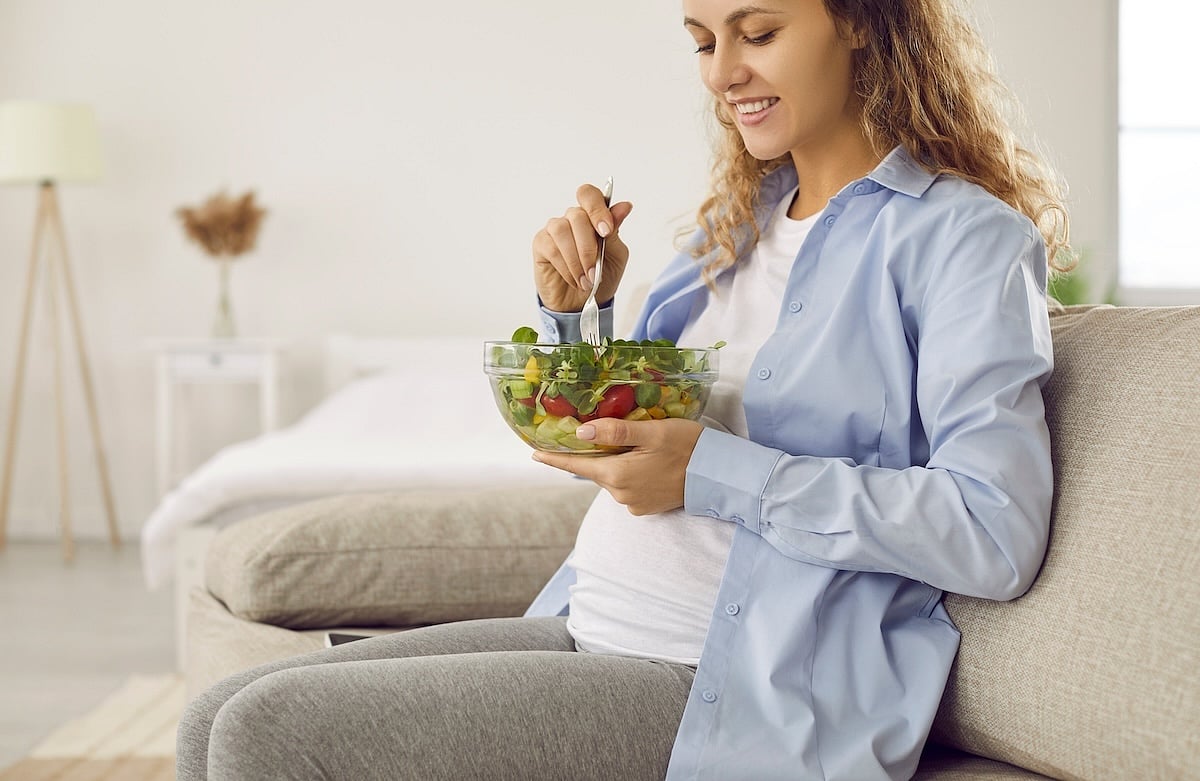Get Healthy!

- Posted October 21, 2024
Most Pregnant Women Exposed to 'Hormone-Disrupting' Chemical in Food
Studies in mice have shown that the fungal toxin zearalenone can mimic estrogen, and it might hamper reproduction.
It's not yet clear if the "mycoestrogen" compound can do the same in women. However, a new study finds that nearly all pregnant women ingest zearalenone as part of their daily diets.
Researchers at Rutgers University and the University of Rochester say they detected traces of zearalenone in 97% of urine samples they received from pregnant women.
The toxin appears to be more common among folks who eat lots of "ultraprocessed" foods, they added.
“For every 1 percent higher ultra-processed food consumption, there was a higher exposure to mycoestrogen,” noted study lead author Carolyn Kinkade, who studied zearalenone for her PhD thesis at Rutgers.
Kinkade's team published its findings recently in the Journal of Exposure Science & Environment Epidemiology.
As the researchers explained, mycoestrogens are produced by various fungi that commonly contaminate grains, meats and processed foods. Zearalenone, in particular, can be found on corn, wheat and barley.
Animal studies suggest that zearalenone can disrupt reproduction because it acts similarly to estrogen. In fact, it's so similar to the estrogenic hormone17β-estradiol "that it binds with estrogen receptors" on cells, according to a Rutgers news release.
High concentrations of zearalenone have already been linked to smaller numbers of offspring for mammals such as cattle, pigs, mice and rats.
On the other hand, zearalenone can influence growth, so much so that farmers routinely use it to boost growth rates in cattle.
Is the average pregnant woman exposed to the fungal toxin?
To find out, Kinkade's team obtained urine samples, plus 271 placental samples, from 317 pregnant women in Rochester, N.Y. They also asked study participants about their lifestyle choices, including diet.
Almost all of the urine samples came back positive for zearalenone, the researchers said.
Overweight/obese women and women who'd already had a child previously tended to have higher levels of the hormonal mimic.
Diet quality seemed to matter: The healthier the diet, with lower levels of ultraprocessed foods, the lower the exposure to zearalenone, the team found.
Ultra-processed foods are made mostly from substances extracted from whole foods, like saturated fats, starches and added sugars. They also contain a wide variety of additives to make them more tasty, attractive and shelf-stable, including colors, emulsifiers, flavors and stabilizers.
Examples include packaged baked goods, sugary cereals, ready-to-eat or ready-to-heat products and deli cold cuts.
Levels of mycoestrogens in food may also be increasing as the Earth heats up, the researchers noted.
"This is climate change-related exposure," said senior study author Zorimar Rivera-Núñez, an assistant professor of biostatistics and epidemiology at Rutgers.
"Current mycotoxin data predict that the levels of these chemicals will increase as we get warmer temperatures and weather," she predicted in a Rutgers news release.
Still, it's early days yet in terms of understanding if and how zearalenone might affect human reproduction.
Some cell-based studies have suggested that the toxin could pose more harm than other known endocrine disruptors such as BPA or phthalates, the researchers said.
Upcoming research will focus on the potential effects of zearalenone in pregnancy weight gain, placental development, and child growth and development.
In the meantime, women can minimize their exposure and risk, Kinkade said.
"People who want to reduce their exposure can do so by reducing their consumption of ultra-processed foods overall," she said.
More information
Find out more about the importance of diet during pregnancy at the American College of Obstetricians and Gynecologists.
SOURCE: Rutgers Health, news release, Oct. 18, 2024

